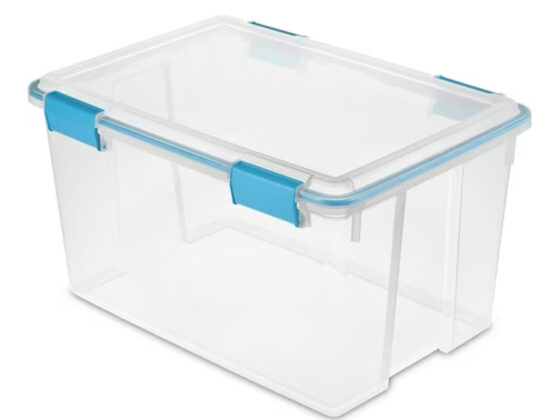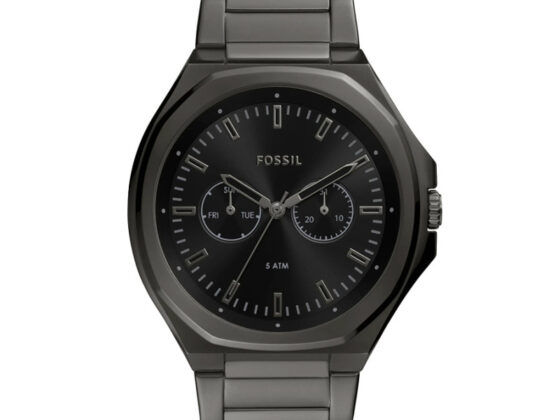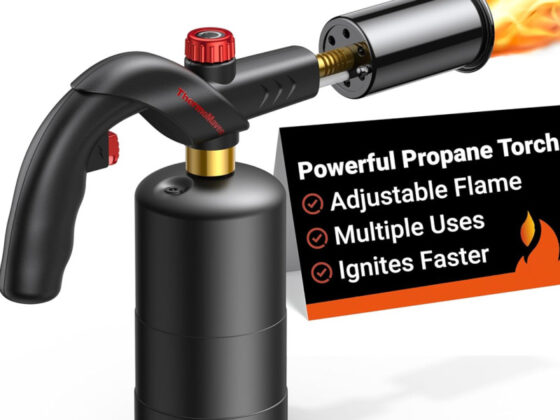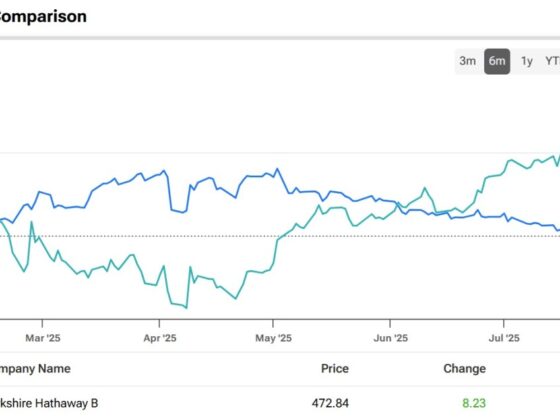Just because a country has been placed under a serious Level 3 or Level 4 United States State Department warning doesn't mean Americans won’t travel there.
Many cruise ships, for example, stop in destinations that are under those levels of warnings. In most cases, the port itself and any cruise line excursions aren’t considered dangerous.
The same applies for many all-inclusive resorts, located in countries under serious travel warnings and advisories. If you stay in the resort and stick to resort planned activities, you face a very low level of danger.
Up until fairly recently, Royal Caribbean stopped at its private destination in Labadee, Haiti, even though the country was under a full Level 4: Do Not Travel warning.
In reality, there was nothing dangerous about the cruise line’s private beach, since it’s about six hours from any major population center. Royal Caribbean has paused sailing there more due to optics and passenger concerns than due to any real danger.
More on travel:
- United Airlines places big bet on new flights to trendy destination
- Government issues new travel advisory on popular beach destination
- Another country just issued a new visa requirement for visitors
However, there is one massive danger for anyone traveling either by ship or plane to any destination under a Level 3 or Level 4 U.S. State Department travel advisory.
It’s very likely that your travel insurance will not be accepted for travel to any of these destinations. That means in parts of Mexico where cruise ship passengers regularly visit, you will not have coverage.
Image source: Daniel Kline/Come Cruise With Me
Here’s what travel insurance is for
Many frequent travelers buy an annual insurance policy to protect them on their trips. This can cover a number of things:
- The first, and most obvious, is generally cancellations. You will want to read your policy very carefully, because situations in which you get your money back can vary greatly. Some policies, for example, may cover illness, but not a death in the family or an unexpected work obligation.
- People also get travel insurance when their health insurance does not cover them in a foreign country. This type of insurance can cover everything from hospital stays to medical evacuations.
- If you don’t have travel insurance that will cover the bill, you also pay steeply for health care on a cruise ship.
What many people do not know — and honestly, as someone with an annual travel insurance policy who visits many of these locations regularly, I also did not know — is that most travel insurance offers limited coverage in countries under travel advisories.
In many cases, I have visited places where I thought I was covered. In Labadee, for example, had I slipped on the beach and needed medical evacuation, I likely would not have been covered.
That's a lesson that could have cost me tens of thousands of dollars.
Related: United Airlines pilot in hot water over comments about flight attendants
That can very greatly, as some policies offer what’s known as “cover for any reason” (CFAR) coverage. Most people do not have that type of coverage, however.
Here's how most travel insurance policies work based on the U.S. State Department Travel advisory levels.
Does travel insurance cover Level 4 advisory?
Level 4: “Do Not Travel”
- Most standard policies exclude coverage for trips knowingly taken to these destinations.
- If a destination is already under Level 4 when you purchase your policy, you typically won’t be covered for claims related to war, civil unrest, or terrorism.
- Medical evacuation may also be excluded or severely limited.
Level 3: “Reconsider Travel”
- Some policies will still cover you, but exclusions may apply — especially for incidents tied to government warnings (e.g. protests, disease outbreaks, terrorism).
- Coverage varies heavily by insurer — read the fine print or consult a licensed agent.
Sample language from common travel insurance policies:
- Allianz Travel Insurance:
“Travel to areas under U.S. State Department Level 4 travel advisory may not be covered. Claims related to known risks or active warnings are generally excluded.”
- Travel Guard (AIG):
“Terrorist incidents or political unrest in destinations under active warnings are excluded from coverage unless CFAR is selected.”
- World Nomads:
“You are not covered if you knowingly travel to a destination under an active government ‘Do Not Travel’ warning at the time of departure.”
When are you likely to be covered?
- You booked before the warning was issued
- You have a CFAR policy
- You’re making a claim unrelated to the warning (e.g., unrelated illness, injury)
It's really important to check your policy before you travel. You can generally upgrade your policy if traveling in an impacted area.
Remember, that just because you are in a “safe” part of an area under advisory does not mean you are covered. If you break your leg stepping off a cruise ship or at an all-inclusive, you may not be covered.
These Caribbean nations have serious travel advisories
Caribbean: Level 4
Haiti
- Haiti is currently the only Caribbean country under a Level 4 advisory, citing kidnapping, violent crime, civil unrest, and inadequate health care infrastructure. U.S. citizens are encouraged to leave as soon as it's safe.
Mexico
Several Mexican states are under Level 4 due to rampant violent crime and kidnapping risk:
- Tamaulipas (including the Monterrey–Reynosa corridor): Travelers are advised not to travel due to kidnapping, armed robbery, and organized crime. U.S. personnel are barred from interior highways in this state.
- Colima (including Manzanillo): Cruise port allowed, but the broader region is Level 4 “Do Not Travel” due to crime and kidnapping threats.
- Guerrero, Michoacán, Sinaloa, Zacatecas: All designated Level 4 “Do Not Travel” regions owing to violence and cartel activity.
Caribbean Level 3:
Trinidad and Tobago
- Key Risks: Violent crime, including murder, robbery, assault, sexual assault, home invasion, and kidnapping.
- Details: The government declared a nationwide State of Emergency on December 30, 2024, due to ongoing criminal activity threatening public safety. The State of Emergency was extended until April 2025. U.S. government employees are restricted from traveling to certain areas, including downtown and all beaches after dark.
Honduras
- Details: Under a Level 3 advisory due to widespread violent crime including homicide, armed robbery, kidnapping, and gang-related violence.
- The eastern Gracias a Dios Department is rated Level 4: Do Not Travel. U.S. personnel must avoid that region entirely.













